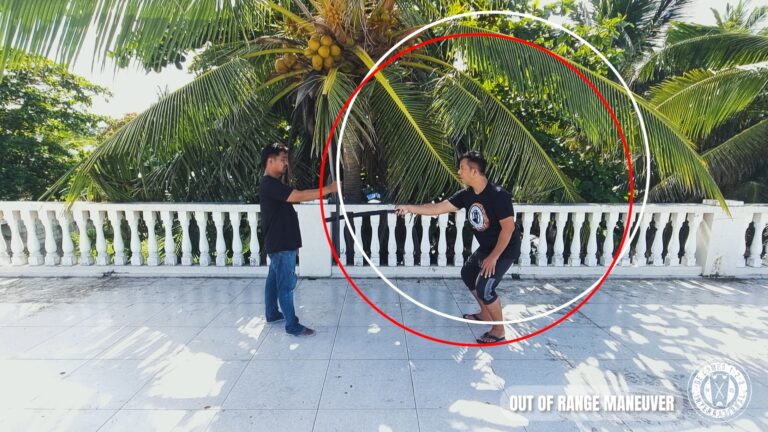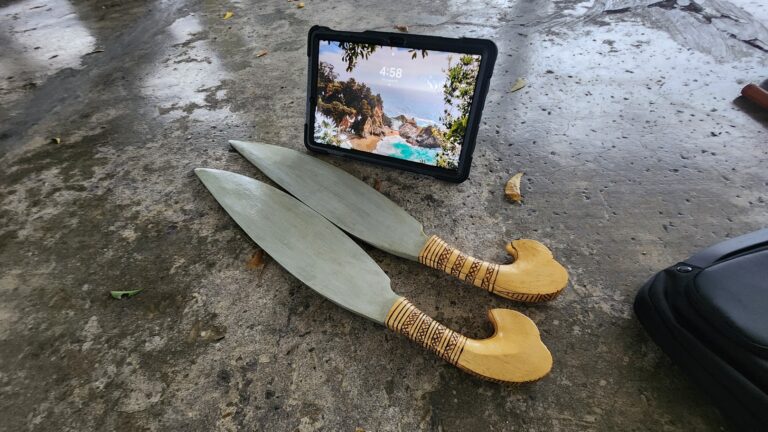Two theories have been proposed regarding the “1-2-3” attached to De Campo Original. It has been stated that “1-2-3” is testament to the ease of the learning the system (similar to how one counts 1-2-3 prior to the moving of heavy objects). Yet another theory, however, posits that “1-2-3” is actually the number of strikes usually delivered. The latter is supported by the configuration of the technique aptly indicated as “De Campo Original” in the lesson plan. This technique incorporates three strikes in one fluid motion. To the spectator, it would seem like a variation of the usual ‘X’ or ‘8’ drawn by arnis systems.
Truth be told, both theories are actually correct. First, it is easy to learn the entire system curriculum. As compared to other systems which have extensive curriculums which may take a year or even years to learn, the whole De Campo 1-2-3 Original curriculum can be learned in as little as a week or two. However, take note that I used the word ‘learning’ and not ‘mastering’. While the techniques can be learned as easily as 1-2-3, the correct body and striking dynamics to each technique may prove to be challenging, and may take months for the practitioner to hone under continuous practice. Second, there are techniques which incorporate three strikes. Aside from the bread-and-butter De Campo Original technique, there’s a wealth of two- and three-strike combinations spread throughout the curriculum. Combining these two theories, one can state the following fact: “De Campo 1-2-3 Original is a comprehensive yet easy-to-learn system which incorporates multiple strikes in many of its techniques”.
The De Campo Original technique, easily the most recognizable triple-strike technique, also invites an intriguing question from both practitioners and spectators. The technique is divided into three strikes, with the first strike dubbed as the ‘counter’, while the second and third strikes make up the “X” pattern. In practice, the ‘counter’ should seamlessly be executed within the same beat as the second strike, making it seem as if the technique was only composed of two strikes (the usual ‘X’ or ‘8’). This has led to much discussion regarding the purpose of the counter. The late Punong Guro Edgar Sulite has played around with the counter, deciding that it is best used as a ‘fake’ strike that can deceive opponents into blocking or countering at the wrong location. Other practitioners have asserted that the counter can be used as a block before the ‘X’, while others have pointed out that the counter can be used offensively as a thrust or a half-strike.
Just like the 1-2-3 discussion, the answer remains the same: all the theories are correct. The De Campo Original technique can be used as a fake or misdirection strike, a roof block, or a thrust/half-strike. This is a good example of the versatility and ingenuity that comprises the De Campo 1-2-3 Original system. As mentioned before, it’s easy to learn the curriculum- but mastering all the techniques and discovering all its possible applications is another matter entirely, and will take much time and effort on the part of the practitioner. As Punong Guro Sulite aptly stated- “repetition is the mother of all skills”.








